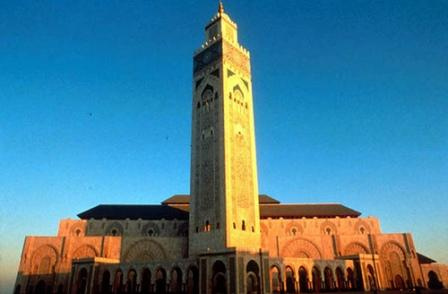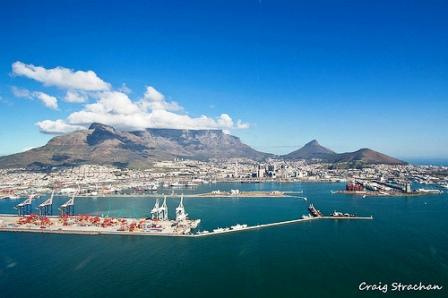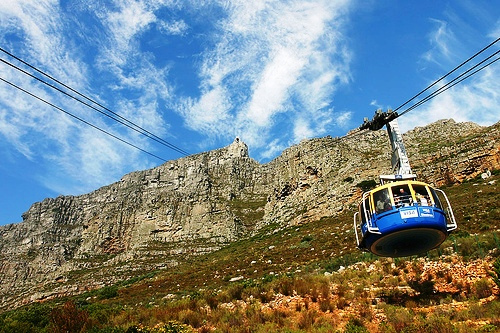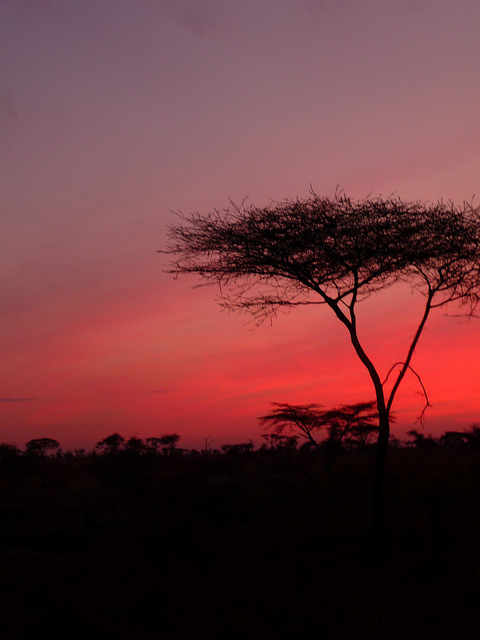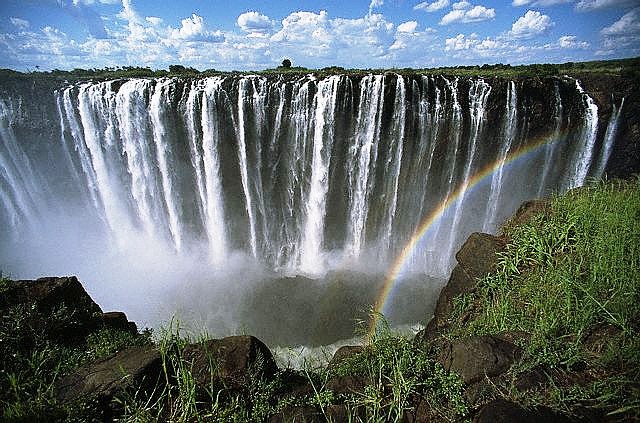Located in Northern Africa, Morocco has become a popular destination in recent years and was visited by over 9 million tourists in 2010. A map of Morocco shows that Morocco faces the Atlantic Ocean in the west and the Mediterranean Sea in the north, and it borders the Western Sahara in the south. Two Spanish enclaves are located in Morocco: Ceuta and Melilla across from Gibraltar.

Moroccan culture is ethnically diverse, with many immigrants who arrive from other parts of Africa which presents the travelers with an interesting cultural mosaic to marvel at. Throughout history, the country has been populated by the Phoenicians, Carthaginians, Jews, Arabs, Romans, Vandals and Moors, resulting in a fascinating mix of civilizations. Today, the Kingdom of Morocco is an Islamic country with 32 million inhabitants. From 1912 onwards, Morocco was occupied by France for 44 years; as a result many Moroccans speak French. Being able to speak French is a definite advantage for travelers, but nowadays an increasing number of Moroccans also speak English.
In general terms, the weather in Morocco is warm during the entire year, and it gets especially hot from June to August, particularly in the south east area (Marrakech and Fez). On the other hand, the coastal areas near Rabat and Casablanca are much comfortable because the breeze coming in from the ocean has a cooling effect. The most important event in the Moroccan calendar is Ramadan, the traditional Muslim month of fasting when most restaurants are closed for lunch. Though the best season to visit Morocco depends on what you want to do, the best time to travel is during April and May as well as from September to November because the weather is usually mild and comfortable.

Here is a list of the main sights you could consider to visit while in Morocco:
- Marrakech (Marrakesh in English): Located in centre of Morocco, “Marrakech” means “land of god”. You can go to Marrakech by train directly from some principal cities like Rabat, Casablanca and Tangier. Marrakech has two faces: one part of the city is historical and the other one resembles a Modern European city. When you explore the medina (Djemaa El-Fna), you will probably feel like you are lost in a maze. The souks (bazaars) consist of a multitude of shops and you can find attractive souvenirs, particularly leatherware, stringed instruments, metalwork, jewelry and carpets here. At night time, dancers, street performers and food vendors congregate around this square. You will be never bored in this exiting city.
- Fez: Located in north of Morocco, this ancient walled city is a designated UNESCO World Heritage Site and you can learn about the traditional Moroccan lifestyle here. The car-free medina is the largest living Islamic medieval city in the world and goods are still transported by donkeys, carriages, and motorbikes.
- Casablanca: Located in western Morocco, the largest city of the country faces the Atlantic Ocean. Originally this city was built by the Berbers (the indigenous people) but was reconstructed by the French. In many ways, Casablanca is a modern city, and the center of transportation, finance, and fashion with an active nightlife.
- Rabat: The Moroccan capital is located on the Atlantic Ocean. Rabat has a cosmopolitan atmosphere but it is also relaxed and beautiful city. Temperatures are mild year-round due to the ocean breeze. The Hassan Tower and the Royal Mausoleum of King Mohamed V are among the highlights of this city. When you get tired of walking, there are comfortable cafes beside the beach and you can stay there as long as you want.

Outdoor food market in Rabat (image by Gustible) - Tangier: Located in northern Morocco, Tangier is only 20 miles from Spain (an hour by ferry) so Tangier is traditionally the entrance point to Africa. Tangier’s exotic flavor is based on a mix of North African, Spanish and French influences.
- Essaouira: Located in western Morocco on the Atlantic coast, Essaouira is an 18th century walled city. The medina is registered as a UNESCO World Heritage Site and is the location of many artisans, including wood carvers and cabinet makers.
- Chefchaouen : located in the Rif Mountains of Northeastern Morocco, this charming city embodies the Moroccan flavor. Once you enter the medina which stretches up along the mountain flanks, you feel like being in another world. This city is famous for its white and blue houses and is home to many producers of woolen garments and blankets.

Moroccan culture also includes a unique and diverse cuisine that integrates flavours of mint, olives, saffron and citrus fruits. The main Moroccan foods are couscous, pastille and tajine. Couscous is steamed semolina covered by a meat or vegetable stew and a staple food among the locals. Pastilla is a sweet and spicy meat pie with a flaky dough while Tajine is a meat and vegetable stew which is traditionally cooked for hours in a special clay pot. Moroccan cuisine is healthy and filling.
To learn more about the country, you can watch Moroccan movies as Morocco has been a movie location in many well-known films, for example, “The Mummy Returns” (2001), “Kingdom of Heaven” (2005), “Babel” (2006) and “The Bourne Ultimatum” (2007). Classic movies such as Alfred Hitchcock’s “The Man Who Knew Too Much” (1955) and some scenes of David Lean’s “Lawrence of Arabia” (1962) were also shot in Morocco.
Another way to experience Morocco is by visiting a traditional “hammam”, a steam bath that includes pampering and scrubbing. Tours of the High Atlas or treks to the Sahara are also popular ways to truly experience the flavor of this country.
Morocco is a fascinating destination at the confluence of African and Arab cultures. Whether you want to enjoy its beaches, explore its ancient cities with their historic mosques and colourful souks or whether you plan to experience the desert or climb the High Atlas Mountains, Morocco will definitely captivate you.

